European road users' risk perception and mobility : the SARTRE 4 survey
2012
…
496 pages
1 file

Sign up for access to the world's latest research
AI-generated Abstract
The SARTRE 4 survey aims to assess and compare road users' risk perception and mobility across multiple European countries to enhance road safety measures. The study highlights significant variations in road safety achievements and emphasizes the importance of understanding human factors influencing behaviors such as risk perception and motivation in road safety. It expands the focus from just car drivers to include powered two-wheelers, pedestrians, cyclists, and public transport users. The findings indicate notable trends in road safety outcomes, including an increase in powered two-wheeler usage and a concerning rise in motorcyclist fatalities in specific countries despite an overall decline in road deaths.
Figures (393)

































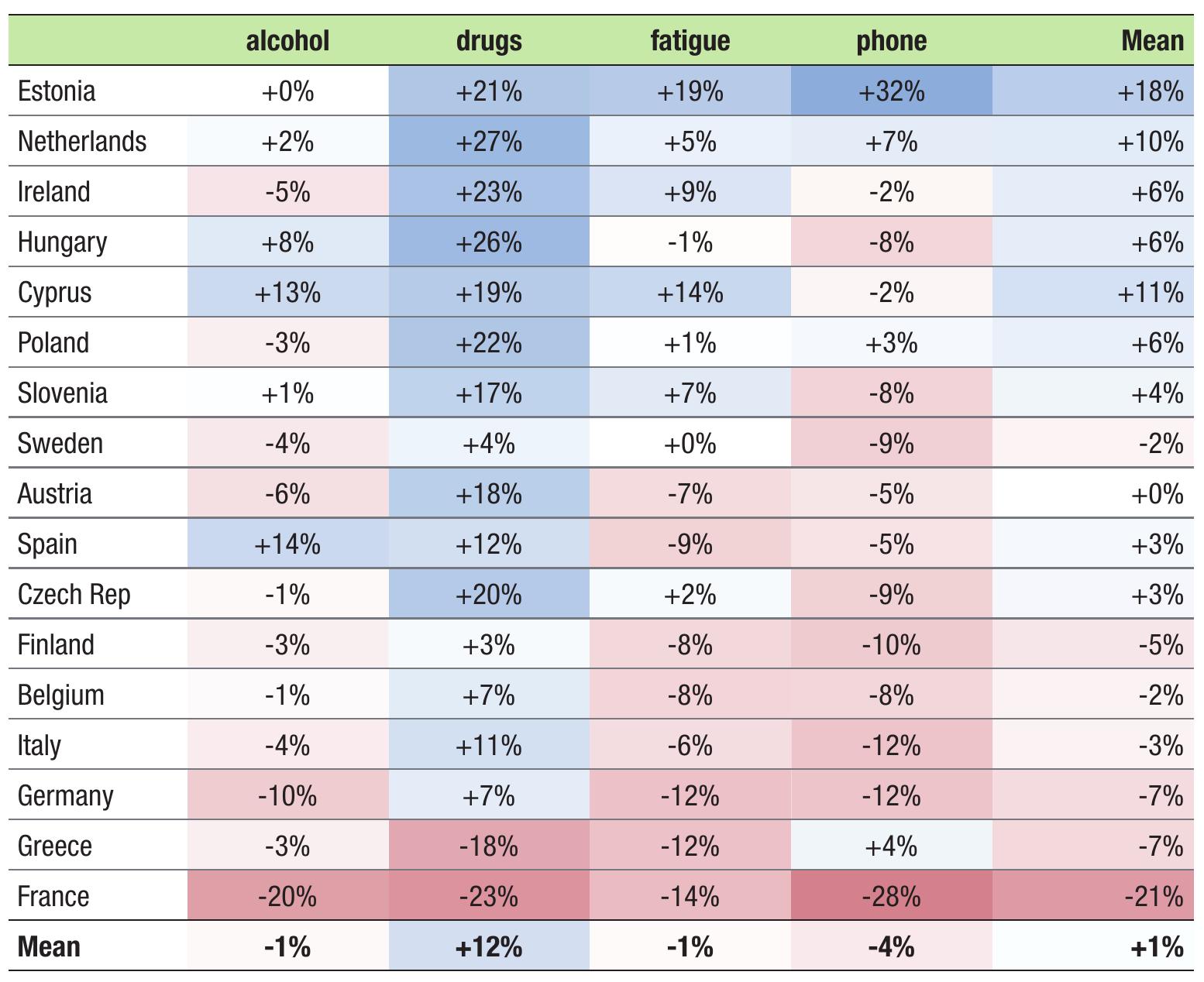


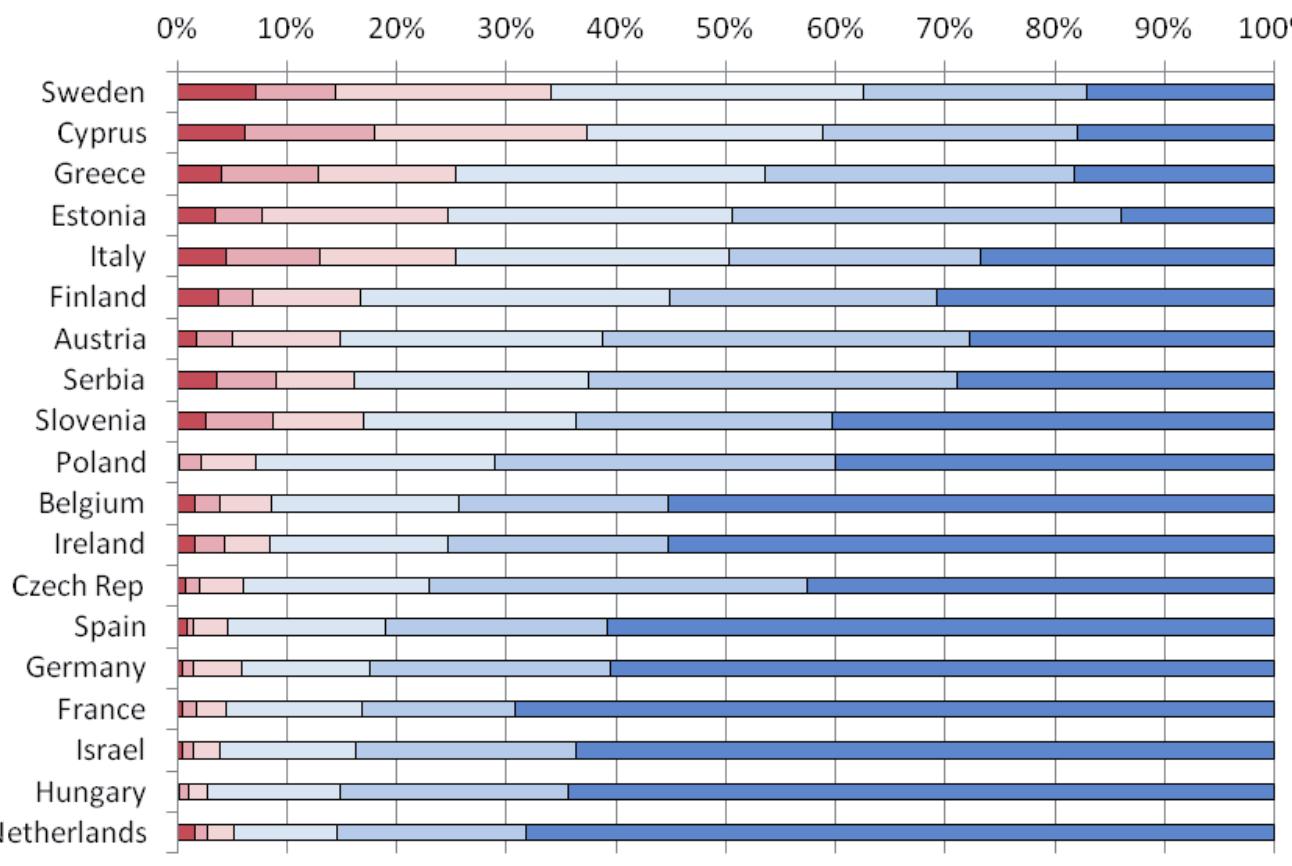












































































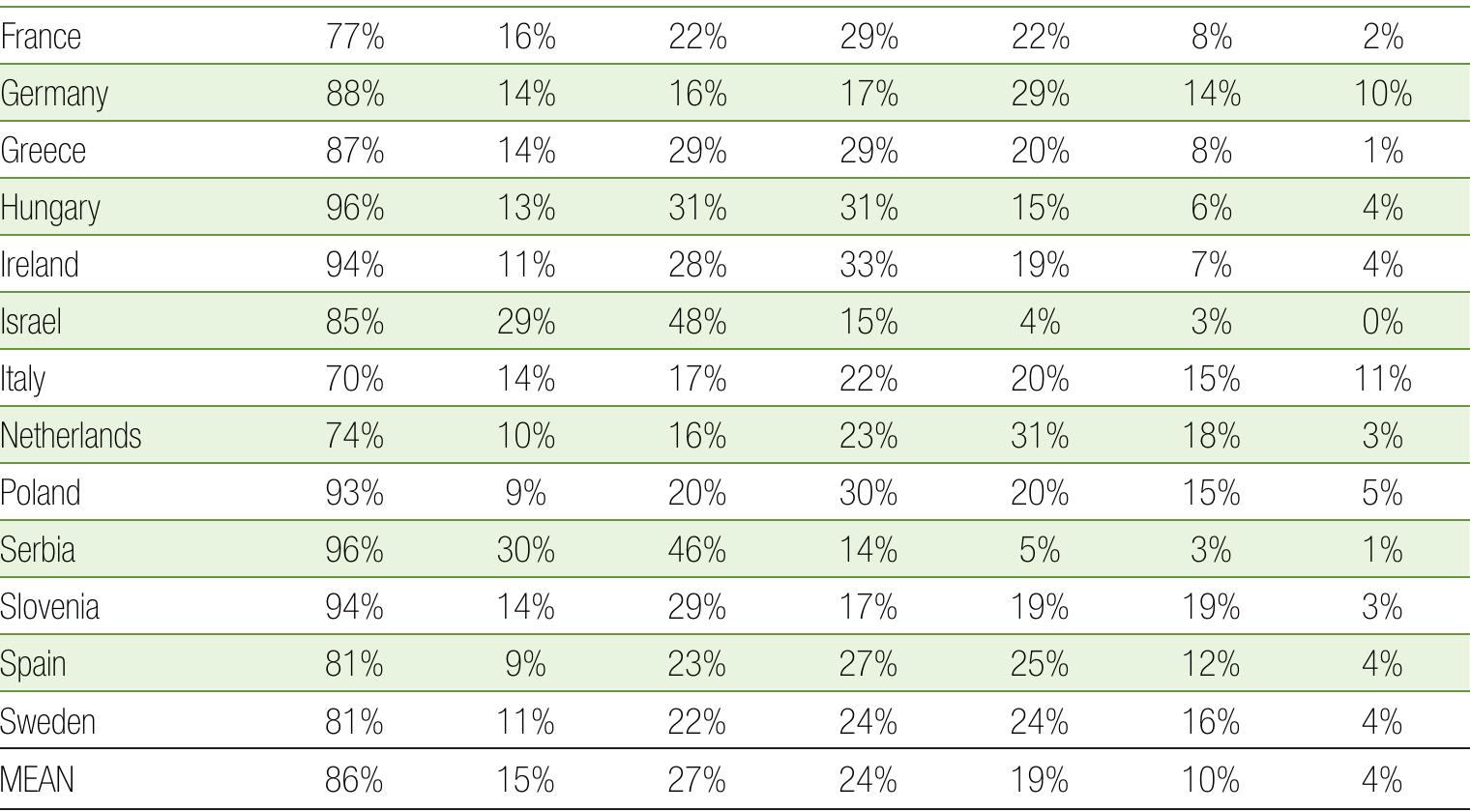

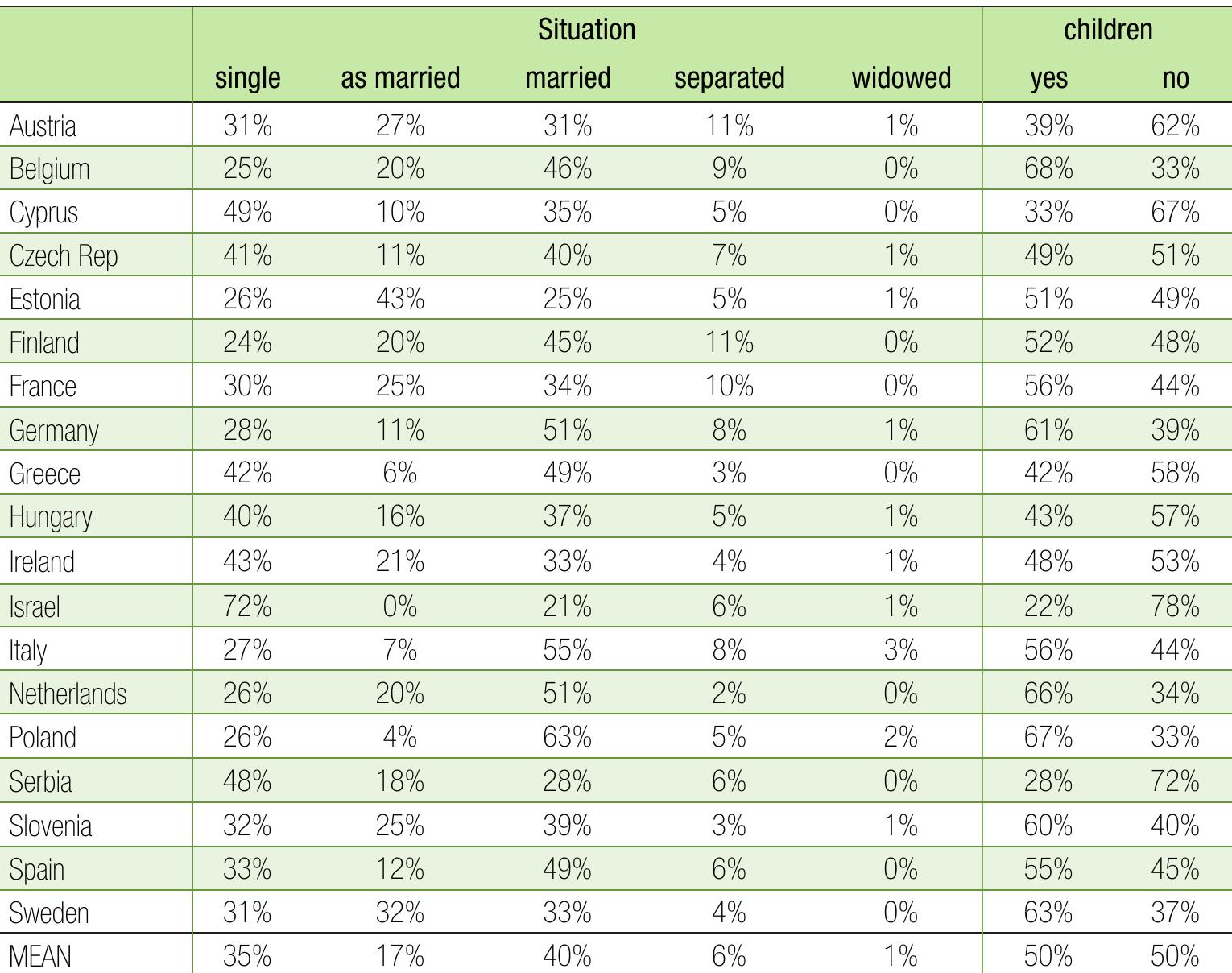
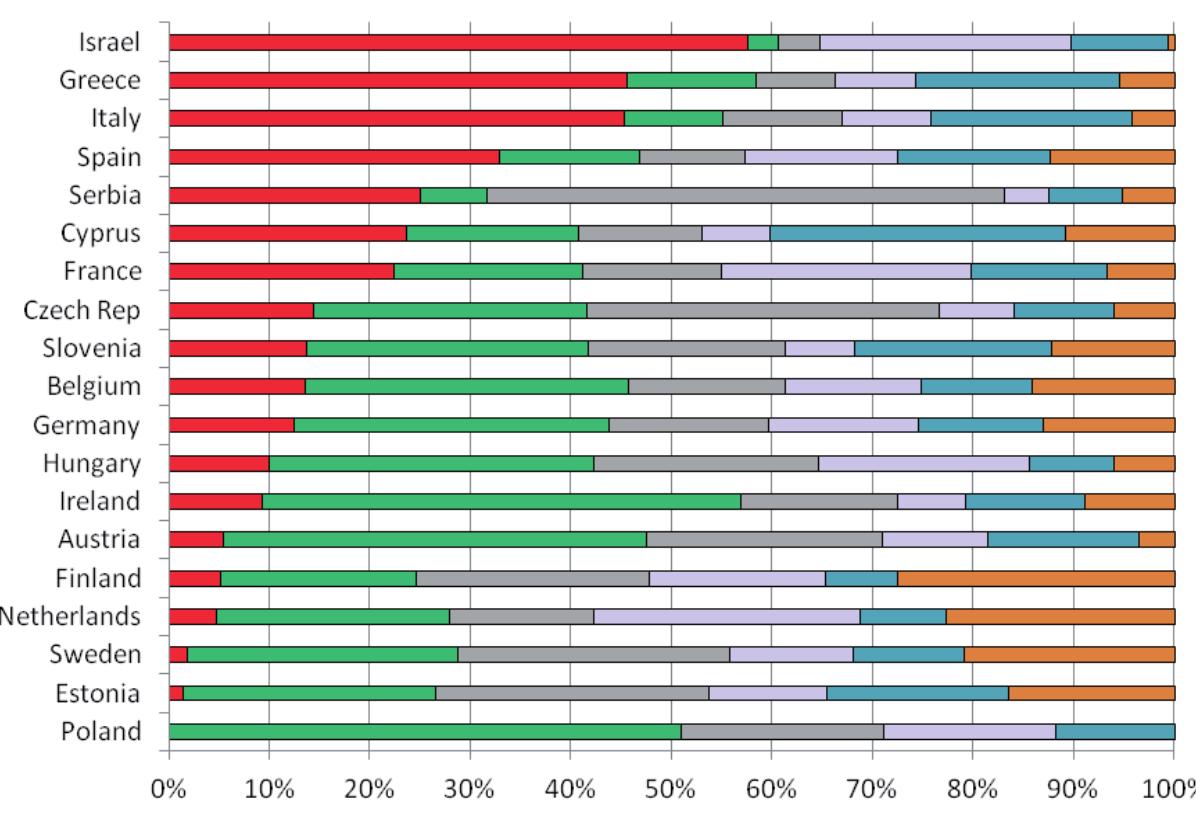




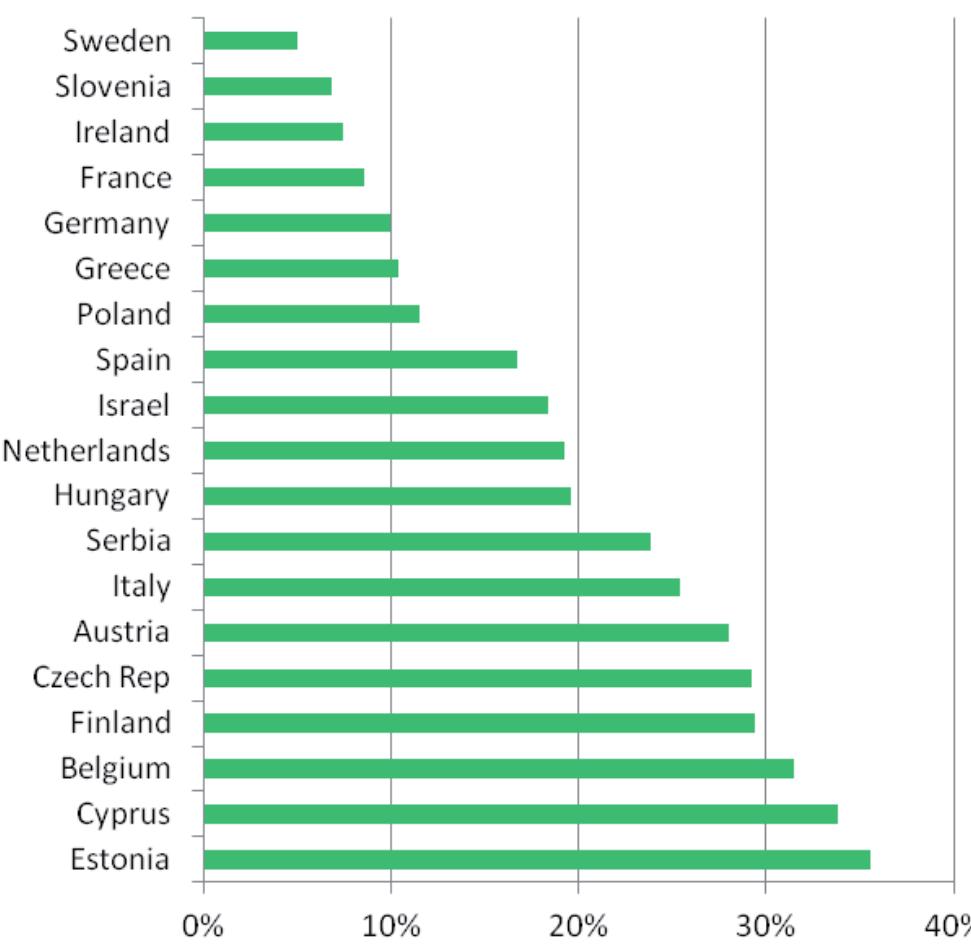














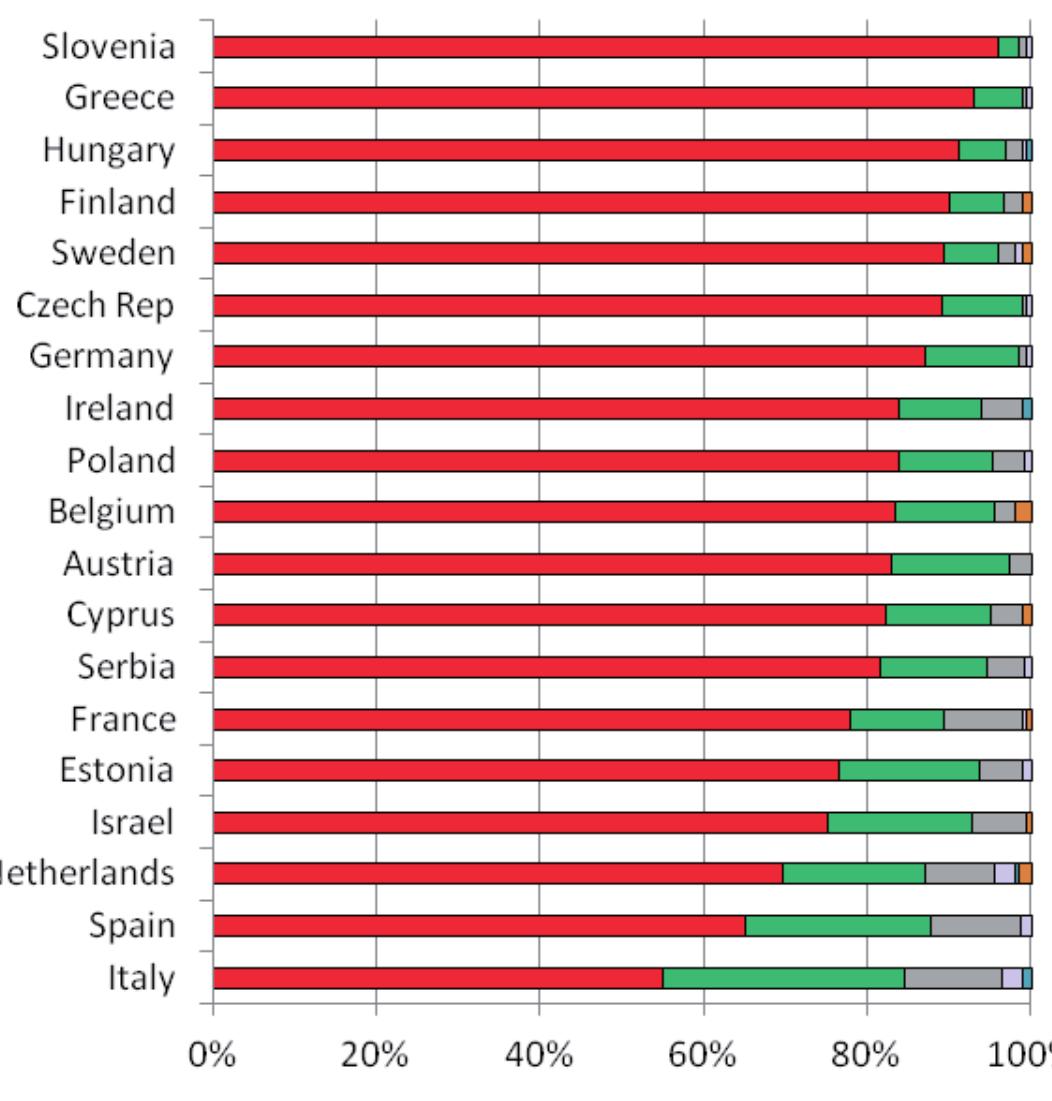

























































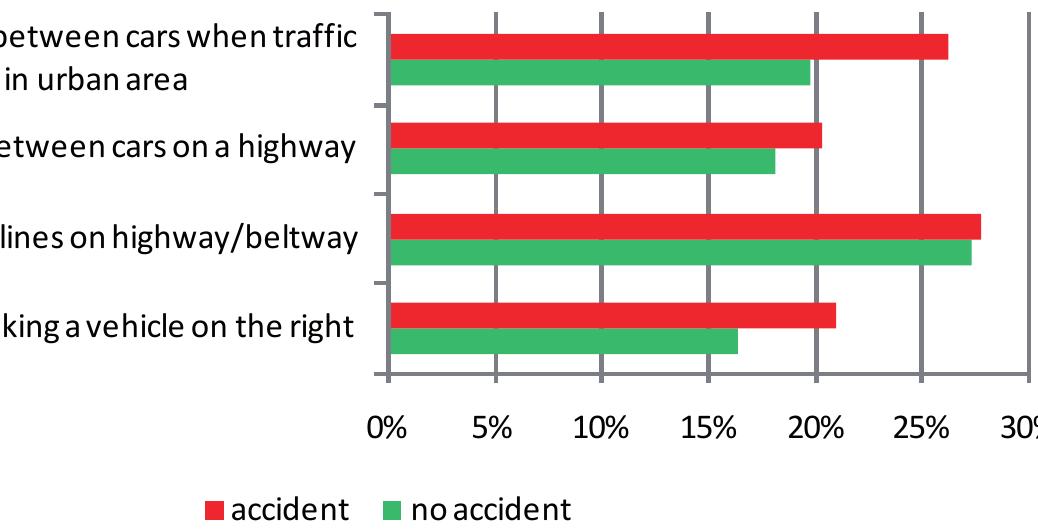












































































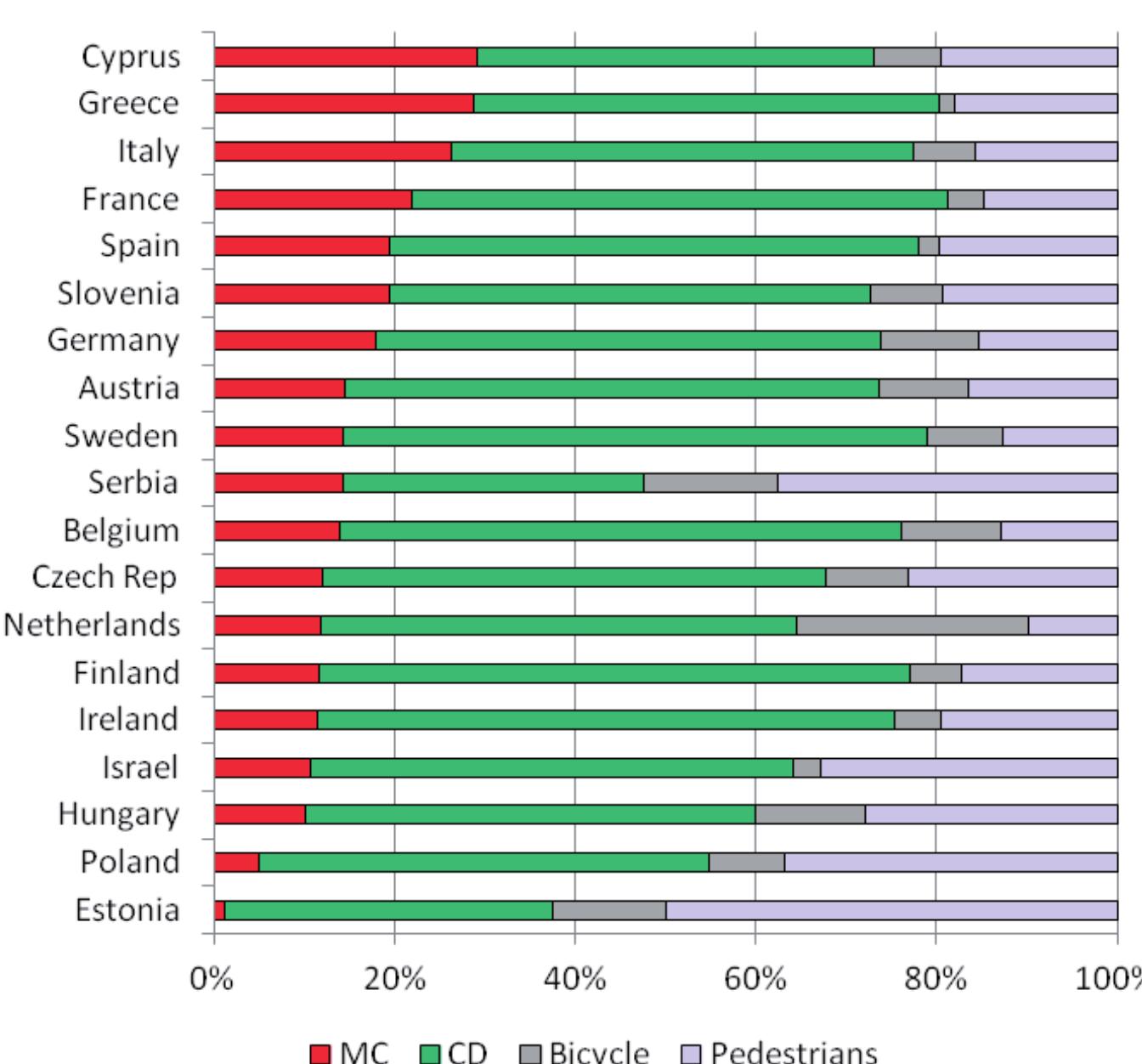






















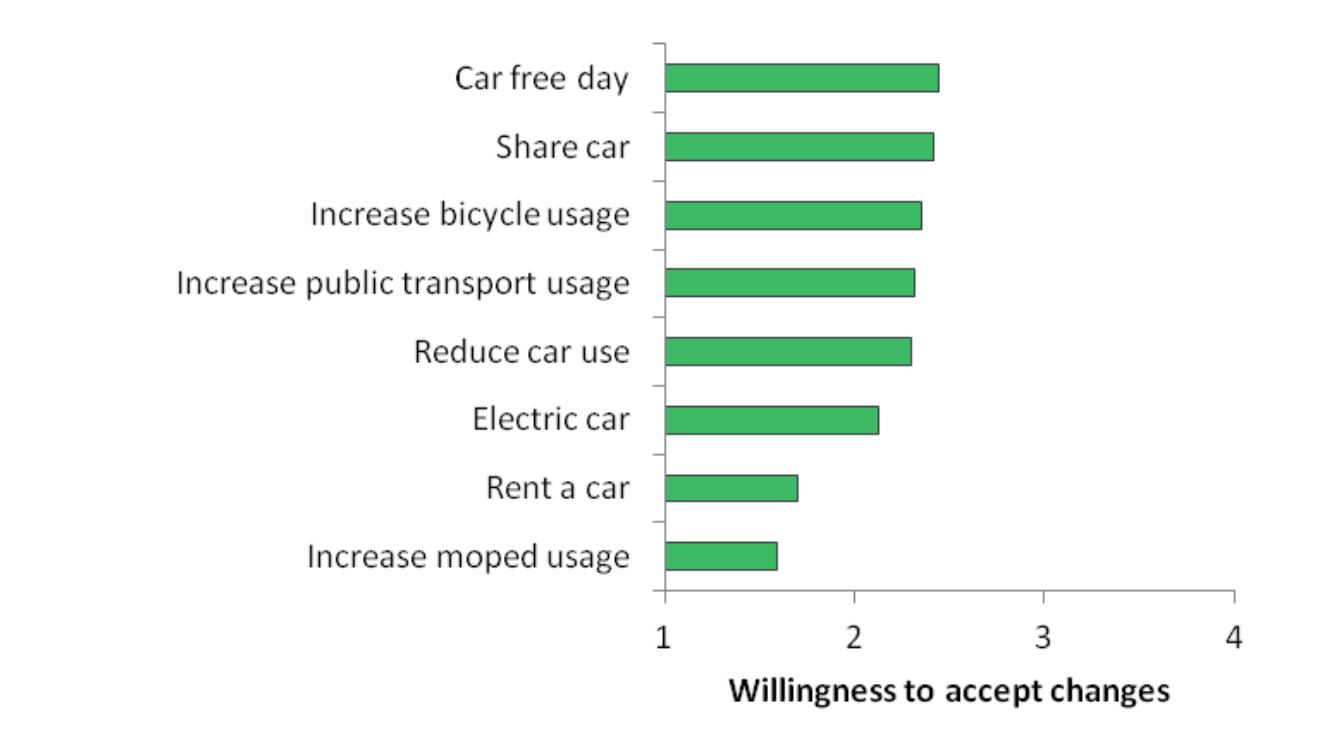


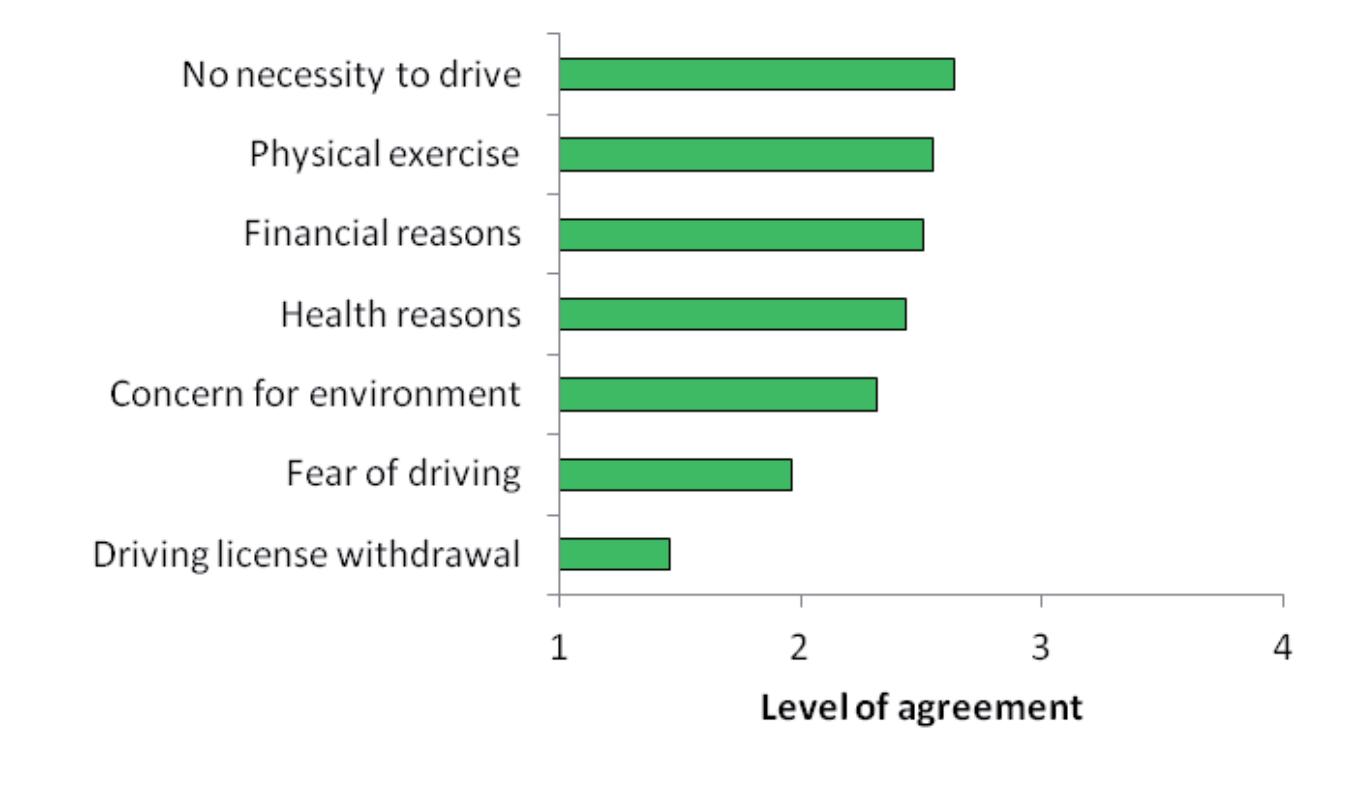




















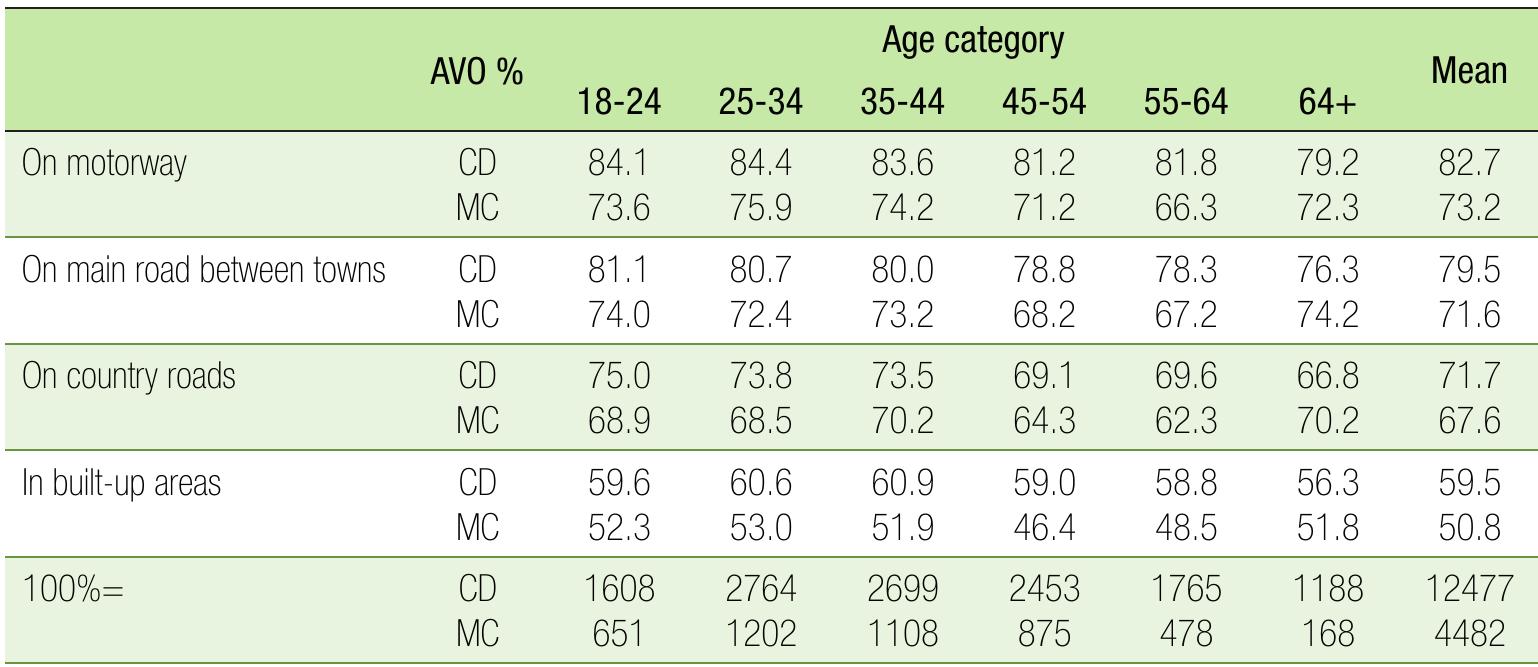
















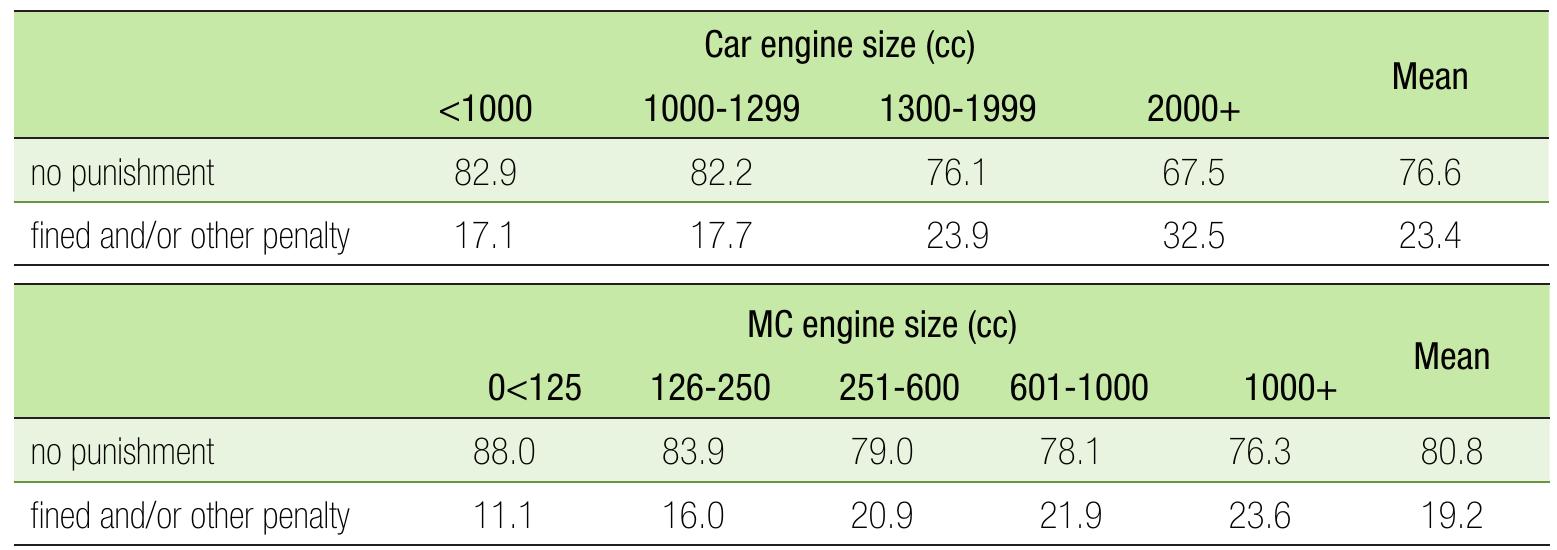











































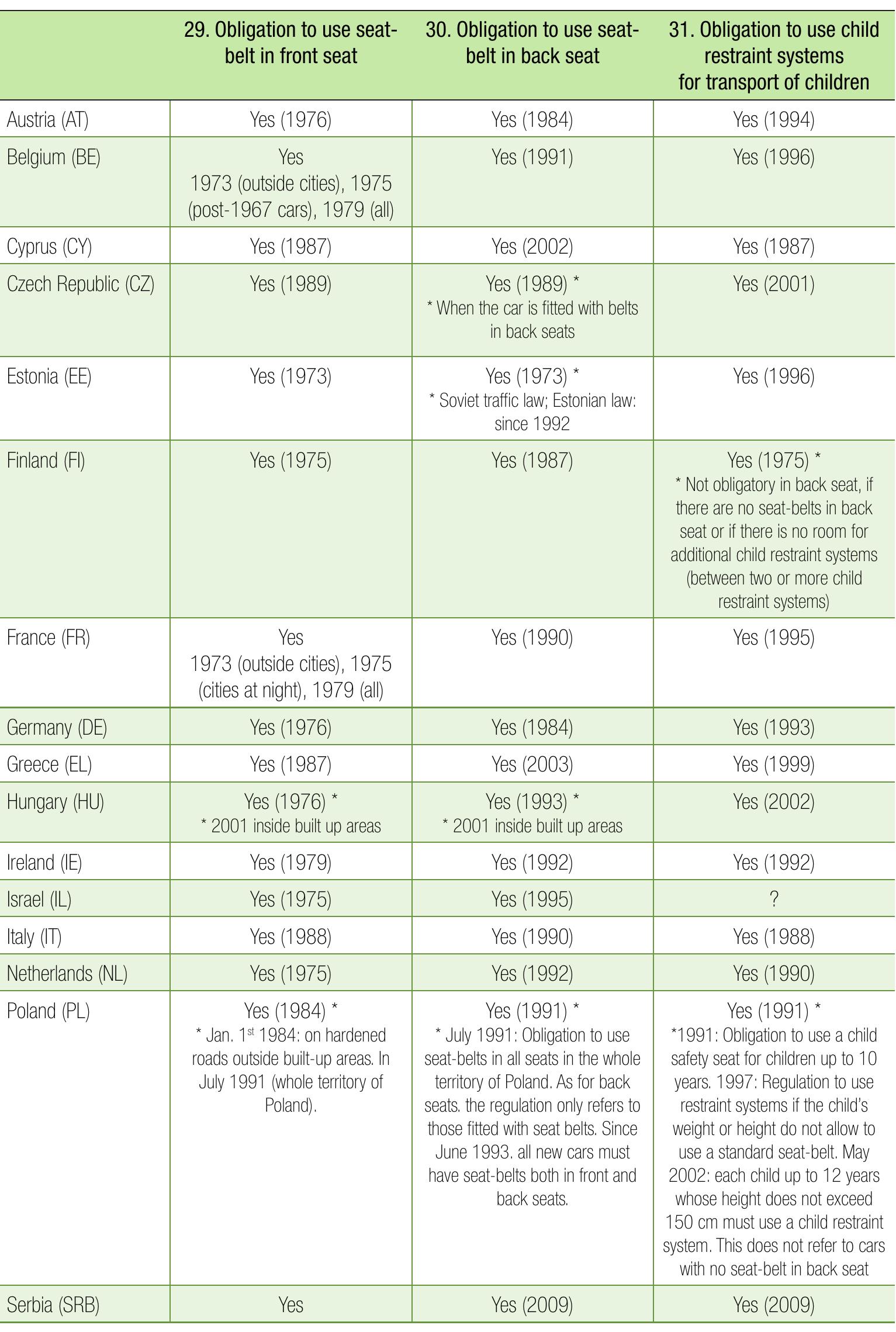













Related papers
1998
In 1991, a representative survey of drivers was conducted in 15 European countries. This project was named 'SARTRE' which stands for 'Social Attitudes to Road Traffic Risk in Europe'. The survey focused on drivers' road behaviour, attitudes and opinions concerning drinking and driving, speeding and seat belt use, opinions on accident causation and on traffic measures, experiences with police enforcement, perceptions of behaviours of other drivers, car preferences, experiences with driving in foreign countries, and risk perception. Altogether more than 17.000 European car drivers participated in the survey. One of the aims of SARTRE was to monitor car drivers' changes in opinions, attitudes and norms over time. Therefore the survey was held again in 1996, this time in 19 European countries and with an improved questionnaire. The new project was termed "SARTRE-2". In the paperthe focus is on the following research questions: 1) How have opinions about...
WIT Transactions on Ecology and the Environment, 2018
Road users are the primary and most important aspect of the transport system. Providing for user needs is the primary characteristic of a sustainable transport system. Road user behaviour is considered the main contributory factor to the majority of road accidents. Therefore, successful and effective strategic road safety plans focus on improving road user behaviour by considering seven road user risk factors: drinking-drivers, seatbelts, child restraints, speed management, wearing helmets, using a mobile phone while driving, and driving while under the influence of drugs. Law legislation and enforcement regarding these factors are adopted by the United Nations and the World Health Organisation as the most effective long-term approaches for improving road user behaviour, thereby improving the level of road safety. This research assesses the implementation of strategies for improving road user behaviour, and measures the extent to which these strategies have been successful in improving the overall level of road safety at a national level. An index is developed for each of the road user factors and aggregated to develop a road user assessment index. This index is used for monitoring progress in implementing the action of road safety law legislation and enforcement at the national level, and for comparing countries according to the behaviour of their road users. The results of the research show that not all countries consider all of the above noted risk factors in their road safety laws; furthermore, the ranking of countries according to the results of applying the developed index is different than the ranking calculated according to road deaths for roughly 60% of countries. It is recommended that other factors of road safety be addressed, and additional strategies for improving road user behaviour be adopted, according to how they have been implemented in countries that have achieved a significant decline in road fatalities.
Health Education Research, 2007
A very significant decline in the number of road casualties has been observed recently in France, concomitantly with a dramatic increase in law enforcement. The aim of this study was (i) to assess changes in attitudes about road traffic accident (RTA) prevention initiatives in France from 2001 to 2004 and (ii) to identify factors associated with an increase in positive attitudes towards RTA prevention initiatives. In 2001 and 2004, 9216 participants reported their attitudes towards traffic safety using the same selfadministered Driving Behaviour and Road Safety Questionnaire. Sociodemographic, psychological and behavioural data were also available. The mean change in scores analysis showed that support for relaxing existing regulations decreased significantly during this period, while support for heightened enforcement and stricter regulations showed some decrease but remained high overall, especially concerning blood alcohol content and speed controls. Multivariate analyses suggest that highly educated drivers changed their attitudes towards road safety regulations more than other categories. Our results suggest that increased traffic law enforcement measures led to increasing support for current restrictions. Even if support for additional traffic law enforcement began to wane slightly in 2004, a large part of our population remained in favour of strengthening law enforcement related to speeding and drunk driving.
The paper presents the main results of the SUNflower study – SUN stands for Sweden, the United Kingdom and the Netherlands -, a comparison of the development of road safety in the SUN countries. The safety records of these three countries are the best among the countries in the world and all three countries made impressive progress in recent decades. The aim of the study was to learn what exactly made road safety improve in the SUN countries and what possibly could be transferred to another SUN country or other countries. The methodology used has proven to be valuable for the comparison of the road safety levels in the SUN countries and probably also will be useful for safety comparisons of other countries. Moreover, the methodology and the findings of such a comparative study can offer guidance for remedial action in other countries. The SUNflower methodology can be used as a benchmark for the safety performance in different aspects of road safety. As a follow-up of the Sunflower s...
Injury Prevention, 2016
In 2013, there were almost 85 000 deaths from road traffic injuries in the WHO European Region. Although the regional mortality rate is the lowest when compared to other WHO regions, with 9.3 deaths per 100 000 population, there are wide disparities in the rates of road traffic deaths between countries of the Region. This requires more systematic efforts if the global target of a 50% reduction in road crash deaths is to be achieved by 2020. Laws and practices on key risk factors such as regulating speed appropriate to road type, drink-driving, and use of seat belts, motorcycle helmets and child restraints are assessed to reduce the risk of road traffic injury. Many countries need to further strengthen their road safety legislation and enforcement in order to protect their populations, improve road user behaviour and reduce the number of crashes. While 95% of the population in the Region is covered by comprehensive laws in line with best practice for seat belts, only 47% of the population is adequately protected by laws for speed, 45% for helmet use, 33% for drink-driving and 71% for use of child restraints. Much can be gained from improving the safety of vehicles, having better road infrastructure and promoting sustainable physically active forms of mobility as alternatives to car use. Concerted policy efforts with systems approaches are needed to protect all road users in the Region.
South-East European (SEE) countries are among the “worst road safety performers in Europe” based on road fatalities per population. The objective of this paper is the comprehensive presentation of the current road safety conditions in SEE as recorded within the EU co-funded project “ROSEE-ROad safety in South-East European regions”. Basic road safety trends, the assessment of road safety legislation, policy and institutional capacity and of needs and availability of road safety data and information in the project partner countries are recorded. Key issues on road infrastructure and road users’ behaviour are also explored and road safety priorities are set. This analysis provides a better understanding of the current road safety situation in SEE countries. Despite the great differences in road safety management, road network conditions, road user behaviour, social and economic background, legislation, enforcement etc, several common road safety problems exist and common priorities ar...
PROMET - Traffic&Transportation, 2010
The objective of this paper is to analyse road traffic safety in the Republic of Croatia based on the selected indicators which were used by the legislator in bringing the Law on Road Traffic Safety which has been in force since 28 July 2004, and the achieved effects in reaching the desired safety level in the three-year period from 2005 to 2007. The aim of the research is to establish a prognostic trend of the values of the studied indicators in the time period following the enforcement of new legal regulations. Adequate safety indicator values for the respective period were analyzed using the methods of analysis and synthesis, mathematical statistics as well as trend assessment based on the found mathematical prognostic models. Based on the results of this research it was found that the basic hypothesis according to which the implementation of new legal guidelines had to result in positive change in the condition of road traffic safety, failed to be confirmed. A change in the road...

Loading Preview
Sorry, preview is currently unavailable. You can download the paper by clicking the button above.
Related papers
Iris Publishers LLC, 2019
IATSS Research, 2020
Jurnal Kejuruteraan, 2017
IATSS Research
The Sustainable City IX, 2014
First Road Transportation Technology Transfer …, 2001
Population and societies, 2007
Advances in Social Sciences Research Journal, 2014
 Athanasios Akis Theofilatos
Athanasios Akis Theofilatos Anja Podlesek
Anja Podlesek
